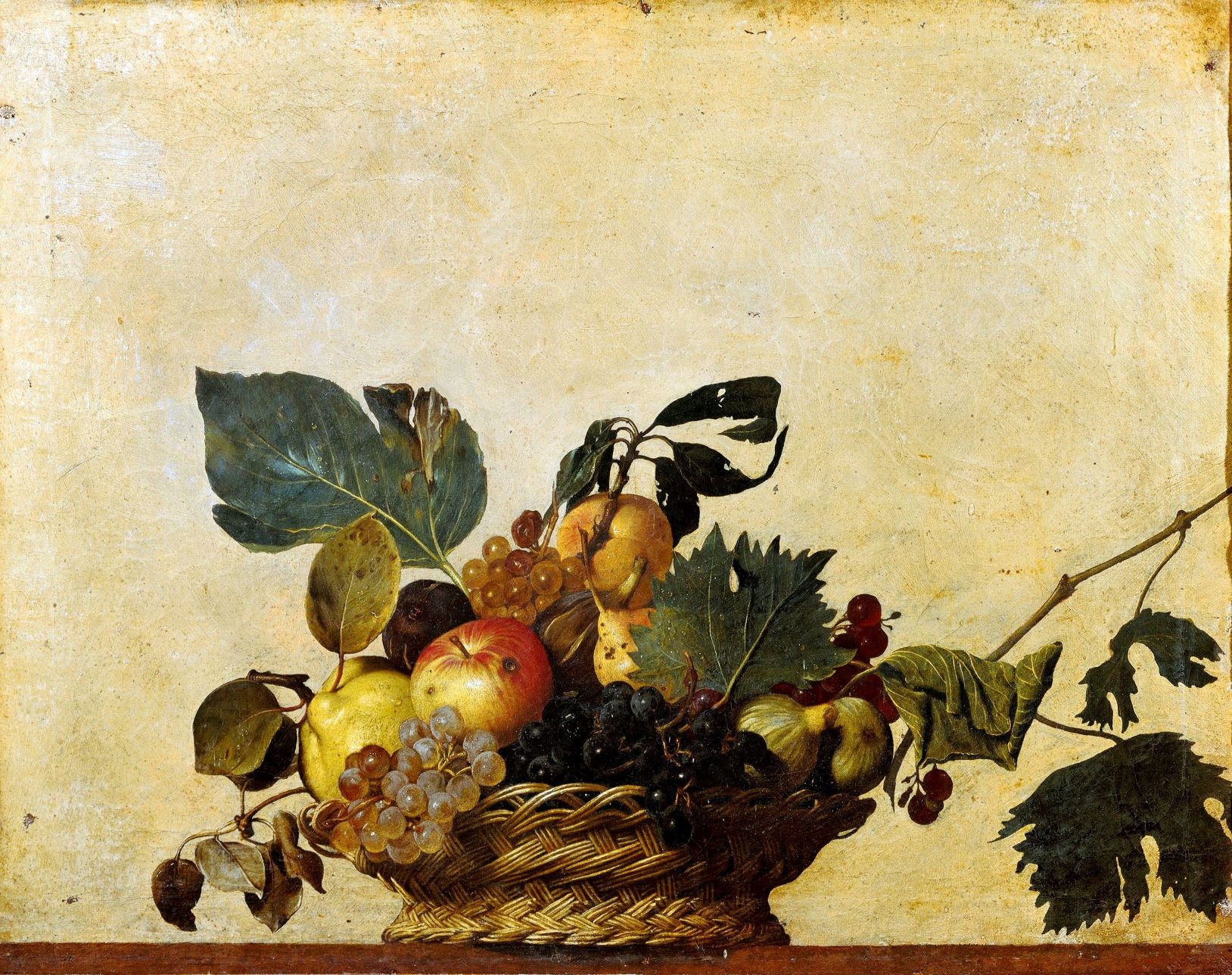Alright, so I’ve been meaning to share this for a bit. The other day, I decided to have a go at something a little different, something with that dramatic flair, you know? I’ve always been drawn to the way Caravaggio handled light in his still life pieces – that intense contrast, things just emerging from the dark. So, I thought, why not try to replicate that kind of mood myself? Just a little exercise, nothing too serious.
Getting My Bits Together
First things first, I had to rummage around to find what I needed. Didn't have anything fancy, just everyday stuff, really. My thinking was, it's more about the light than the objects themselves.
- A dark background: I found an old, deep blue velvet cloth. Figured that would soak up the light nicely and give me those rich, dark areas. Threw it over a small table.
- The subjects: Went for some classic still life items. A couple of apples, a small bunch of grapes, and a slightly battered old book. Things with different textures, hoping that would catch the light in interesting ways.
- The light source: This was key. Caravaggio was all about that single, strong light. I used a simple desk lamp with a focused beam. No other lights on in the room, pitch black otherwise.
The Setup Struggle
Now, getting everything arranged and lit just right, that took some fiddling. I spent a good while moving the lamp around – side, slightly above, trying to get those sharp shadows and bright highlights that make his work so punchy. You want one side of an apple to gleam, and the other to almost disappear into the background. It’s a bit like sculpting with light, I guess. I must have rearranged those fruits a dozen times. Kept stepping back, squinting, trying to see it like he might have.

Trying to Capture It
Once I was reasonably happy with the setup, or at least as happy as I was going to get, I started trying to capture it. My aim wasn't to create a perfect copy or anything, but to understand that interplay of light and dark. The challenge, I found, was really pushing those darks without losing all the detail. It’s easy for it all to become a muddy mess. And the highlights, they needed to be strong but not blown out. It's a fine balance.
I took my time, really looking at how the light fell, how the shadows deepened, how colours changed in the dimmer areas. It's funny, you think you know what an apple looks like, but when you light it like that, you see all sorts of new things.
What I Reckon Now
So, how did it turn out? Well, it’s no masterpiece, that’s for sure! It’s a practice piece, and it looks like one. But you know what? I’m pretty pleased with the effort. The main thing is, I learned a lot. Playing with that single light source really forces you to think about form and volume. It’s a fantastic exercise for anyone wanting to understand light better.
It’s definitely something I’ll try again. Maybe with different objects next time, or try to be even more dramatic with the lighting. It’s a simple setup, but there’s a lot to explore there. If you’ve never tried it, I’d say give it a shot. You don’t need fancy gear, just a dark room, a lamp, and a bit of patience.










